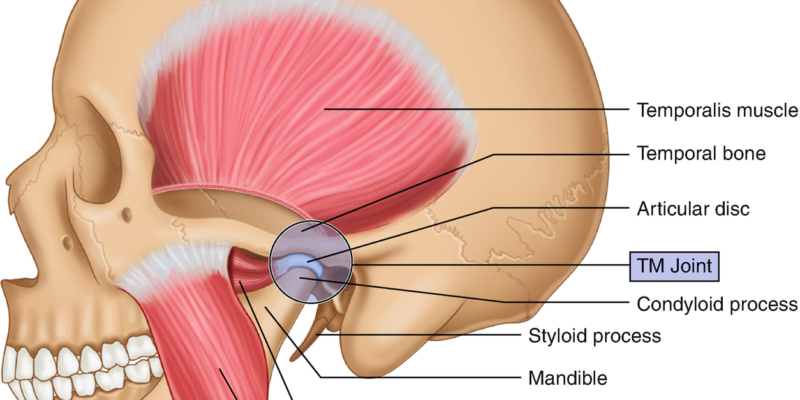If you experience pain on either side of your head, particularly in front of your ears, you might be suffering from temporomandibular joint (TMJ) disorder. This is because this is the joint where your skull meets your jawbone on each side of your head. The TMJ allows you to speak, chew, and open your mouth freely when yawning. A TMJ disorder can make these simple actions painful, and you may experience the symptoms from either side of your head.
Other Symptoms of TMJ Disorder
Besides pain, TMJ disorder causes other symptoms that can be effectively diagnosed by Gaithersburg TMJ specialists at CHOICE Pain & Rehabilitation Center. They include:
- Chewing difficulties
- Tenderness in the jaw
- Jaw locking
- Headache
- Earache
- Uneven bite
- Facial pain
Causes of TMJ Disorders
Among all the joints in your body, the TMJ is one very complex joint. After all, the joint combines the sliding motions with the hinge action. Besides, the bones are separated by a small, shock-absorbing disc that helps maintain the smooth movement. As intricate as the joint is, it becomes susceptible to vast complications, including the following:
- Overuse due to jaw clenching or teeth grinding
- Acute trauma such as a blow to the head
- Misaligned or worn-down disc
- Cartilage damage from arthritis
However, sometimes there is no particular cause of the TMJ disorder, and you can get relief with self-help procedures at home, such as relaxation techniques and self-massage.
How TMJ Disorder is Diagnosed
Your provider will have to review your medical history and perform a physical exam to find out the cause of your symptoms. Note that TMD diagnoses have no particular test and will be diagnosed according to the symptoms you are experiencing. An x-ray or an MRI may be taken if necessary.
How to Manage TMJ Disorder
Because many symptoms of the TMJ disorder can respond well to home remedies, you can try the following:
- Use ice or cold packs on the joint area.
- Eat soft foods and avoid chewing gum.
- Use over-the-counter medications, including anti-inflammatory drugs.
- Message or self-stretch gently your jaw and the neck muscles.
- Some sedative oils can temporality relieve pain and discomfort.
- Use stress management and relaxation techniques.
If your symptoms persist despite your efforts using these home remedies techniques, it is time for more advanced medical treatment options. Although most of them do not cure TMD, you can get long term relief from the diseases’ symptoms. The procedures include:
- Physical therapy with jaw exercises to improve flexibility, strengthen muscles, and increase the range of motion.
- Steroid injections
- Botox® Injections can be used to relax the muscles of the jaw.
- Oral medications
- Corrective dental treatment can include the use of a dental splint to keep the teeth in alignment to prevent tooth grinding or the use of a mouth guard prescribed and fitted by your specialist.
- Cognitive-behavioral therapy (CBT) can be used to diminish pain intensity.
- Dental surgery can also be recommended in most severe cases, which is minimally invasive and can be done on an outpatient basis.
How to Prevent TMJ Disorder
It is possible to prevent the symptoms of TMD as they are related to your lifestyle and stress. Adjust your lifestyle and fix stress, and the condition can be avoided. You can do so by:
- Avoiding chewing gum
- Eating soft food
- Maintaining proper posture
- Using dental splint appliances
- Practicing stress reduction and relaxation techniques.
- Using proper jaw protection equipment while exercising or engaging in high-risk activities.
If you are concerned by the symptoms you are having, get relief by contacting CHOICE Pain and Rehabilitation Center.













Comments